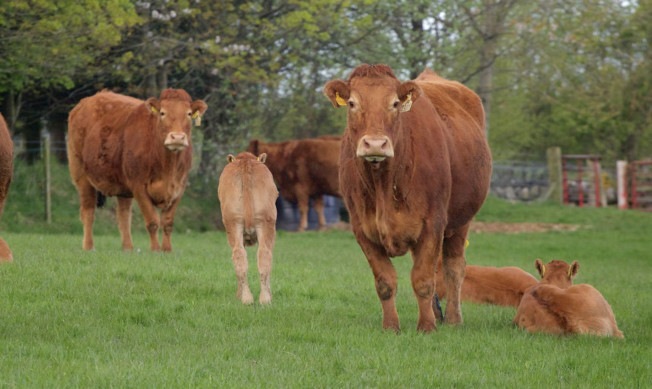Although there was much talk of industry collaboration at Scotland’s Beef Event this week there was still plenty of room for disagreement at the main seminar.
Scottish Association of Meat Wholesalers (SAMW) chairman Alan McNaughton put the onus on beef producers to improve their offering leading Fife farmer Pat Lambert to say: “I hear what you are saying Alan but I don’t agree with a lot of it.”
Mr McNaughton, who is site director with McIntosh Donald at Portlethen, had several points to make but first he hoped producers would not be put off by the over-supply position.
“I have been lobbying for 10 years now for more supplies and I hope the experience of the last few weeks hasn’t affected confidence,” he said.
“There are always peaks and troughs and the key message is that we need more supplies and more cattle from the hills.
“To supply our national and international customers we need a spread of supply over the year and calf producers and finishers need to speak together about this.”
The point has been made that the move to spring calving has led to gluts of 24-month-old cattle hitting the market at the same time but it is not a view shared by Mr Lambert who manages a 700-cow herd at Pitlochie near Gateside.
He described the problems as stemming from a “completely dysfunctional market” rather than on the production end of the chain.
“Farmers have to calve at the time of year that suits their farm and for most that is the spring,” said Mr Lambert.
“You have to produce as cheaply as possible and for us that has meant using smaller cows that can live off their own backs for longer.
“Our system will continue to evolve but we are aiming to produce a calf weighing 325kg at seven months,” he said, adding that he was able to finish cattle for 10 months of the year.
The production cycle from putting the bulls out to finishing the progeny was 30 months long and that required “commitment and confidence”.
Mr McNaughton had already noted that breeder/finishers had a much better record of supplying cattle up to specification.
“Cattle have to be perfect in terms of finish and age and produce a carcase of between 280 and 380kgs. Many get it right consistently but not all.
“The average animal coming into Portlethen has been on more than two farms and whereas 90% of breeder/finishers get it spot-on, similar cattle going through other farms are completely mucked up. I am not sure why it goes so far wrong.”
Retail butcher Alan Kennedy takes a different approach to the beef trade.
Operating through the five-strong James Ewart Ltd chain in Angus and East Perthshire he is an advocate of buying the cattle he needs every week through the auction ring.
“We are looking for constant quality through the years and find that livestock markets are a very fair way of setting prices,” he said.
Customers in his shops were often very keen to look at the information sheets in the shops to see where the cattle had come from and how long the carcases had been matured.
Local abattoir facilities were very desirable and he would like to see such a place built nearer to his base in Forfar.
